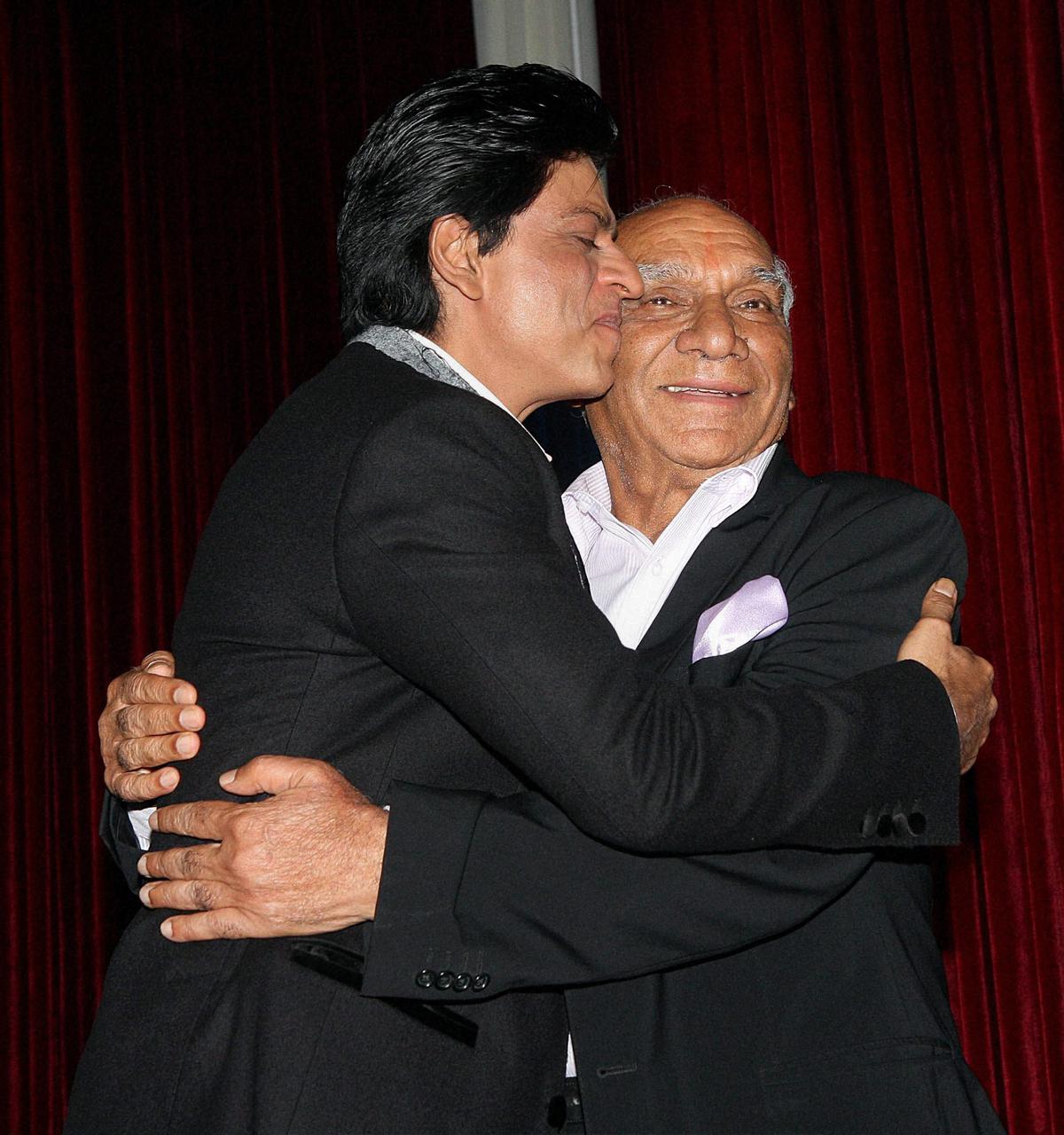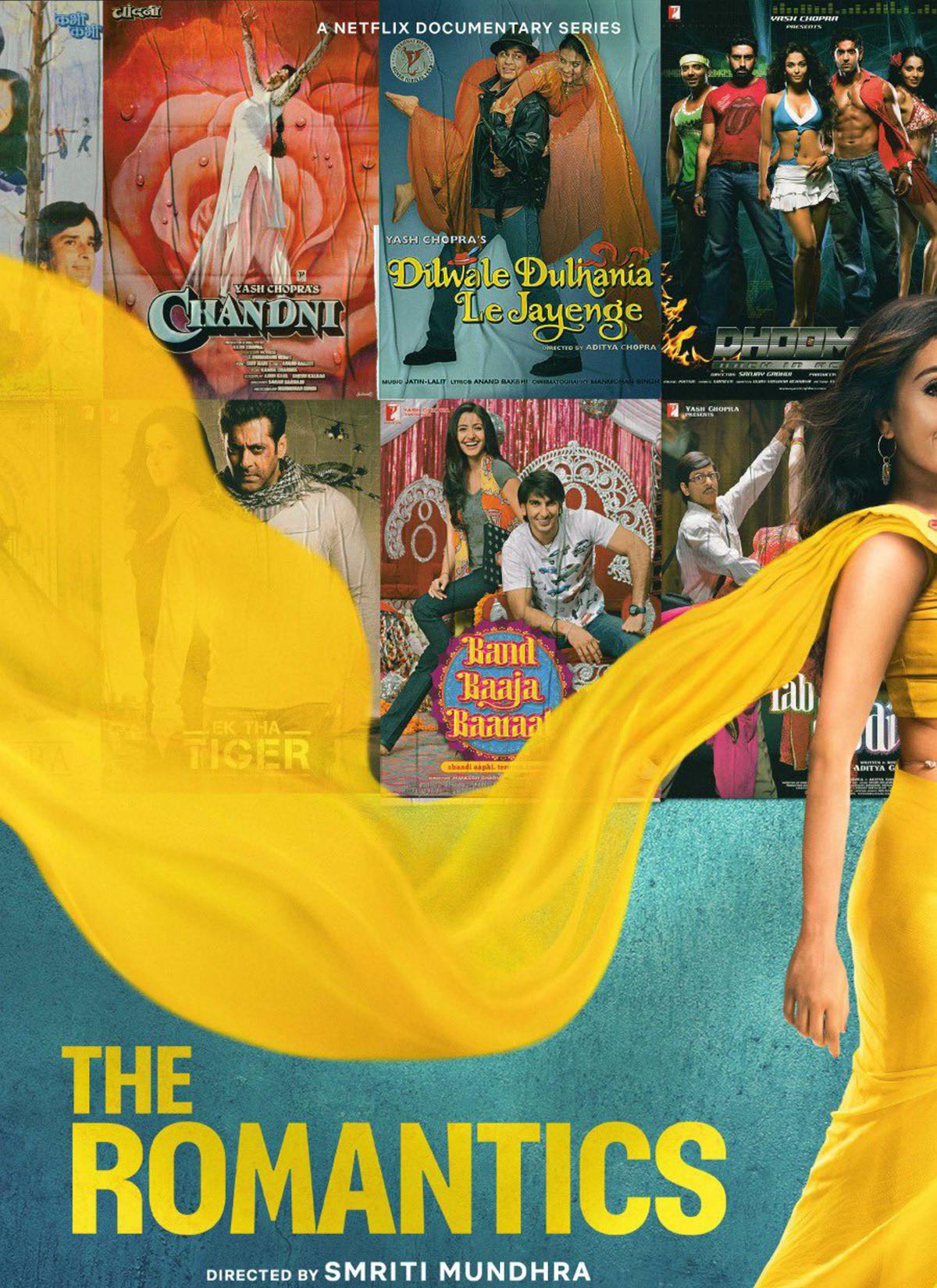‘The Romantics’ docu-series review: A beginner’s guide to popular Hindi cinema
A celebration of mainstream Hindi cinema and a father and son’s passion for creative excellence, The Romantics tells the success story of Yash Raj Films to a global audience.
More than a heartfelt tribute to the ‘King of Romance,’ the biggest contribution of The Romantics is that it captures a force called Aditya Chopra in flesh and blood. It traces how the maverick producer-director not only took the legacy of his visionary father forward, but also turned a family-run production house into a vibrant world-class studio that withstood the might of multinational behemoths by making films of different genres and budgets, and giving opportunities to diverse creative voices. Unlike the fashion industry, it saved the identity of its brand of swadeshi entertainment from globalisation of emotions, by doing a smart mix and match of ideas.
The Romantics
Director: Smriti Mundhra
No.of episodes: 4
Cast: Aditya Chopra, Shahrukh Khan, Uday Chopra, Amitabh Bachchan, Rani Mukherji, Ranveer Singh, Pamela Chopra
Storyline: A docu-series about the legacy of director Yash Chopra and the production company Yash Raj Films
Directed by Smriti Mundhra in talking heads format, the four-part series provides an insight into how the father and son duo understood the pulse of a diverse country besotted with cinema and churned out trendsetting films over decades.
From the Nehruvian idealism of Dhool Ka Phool and Dharmputra to the rise of the ‘Angry Young Man’ in Deewaar and Trishul at the time of Total Revolution and the Emergency, to engaging the NRIs and westward-looking audience in the post-liberalisation phase with Dilwale Dulhaniya Le Jayenge, the series juxtaposes some of the benchmark Yash Raj Films in the context of the changing socio-political conditions and the changing economy of the country. If Bunty Aur Babli and Dhoom captured the urge to explore the youthful urges in the hinterland and urban India, Chak De! India channeled the growing frustration among women in a deeply patriarchal society.
Right from Daag to Lamhe, unorthodox love stories with strong female characters with an agency to decide for themselves remained the hallmark of Chopra’s creative universe. As Amitabh Bachchan says, even when he was holding guns, Chopra never lost sight of the roses on the canvas and stood by his instinct; it also reflected in Kabhi Kabhie that followed Deewaar. Years later, when the market became flooded with poor copies of action and violence that he unleashed on-screen, Chopra created Chandni which changed the course of Hindi cinema in the ‘90s. If Chopra had Bachchan, Aditya cultivated Shah Rukh Khan to impersonate his idea of romance where love required parental consent. The Romantics carries interesting snippets of how they came together on the sets of Darr, Chopra’s dodgy attempt to humanise a stalking monster.
The series gives credit to Chopra’s wife, Pamela, for nurturing this softer side of the filmmaker and helping him develop a gaze that was always empathetic towards female characters. There are visuals of Mumtaz in the series, but no attempt has been made to clarify the actor’s bond with the director. Curiously, the makers don’t feel the need to look for a feminine force behind Aditya; in fact, he doesn’t even talk about the role of women in his life.

Shah Rukh Khan and director Yash Chopra
One of the questions that the docu-series addresses is the creative conflict between Chopra and Aditya. The son looks more prosaic in front of his poetic father. Right from Dhool Ka Phool and Waqt, the quirks of fate played an important role in Chopra’s films and life. While Chopra, who broke away from the long, imposing shadow of his brother B.R Chopra to start from scratch, Aditya is shown as someone who learnt his craft on the sets of his father, and by watching films and painstakingly recording audience responses and box-office numbers. As he set out to explore tales beyond the love triangles that his father explored from every possible angle, it seems Aditya desperately wanted to crack the code of box-office success. For a time period it surprisingly looked achievable, but eventually as he creatively aged, perhaps faster than his father did, Aditya realises that his mentor was right. Perhaps the series is an outcome of him nodding his head to the ephemeral nature of show business.
Having said that, his efforts to institutionalise creativity in an industry that was run more like a mom-and-pop shop, by giving chances to outside talent, are commendable. He nips the nepotism debate by saying that audience support is critical as he could not make a star out of his brother Uday despite everything at his disposal.
The series also takes into account the failures and consternations in between, but like its subjects, it doesn’t scratch much beneath the surface. Like the Chopras, it dresses up deeper truths and anguish in pristine emotions and catchy quotes.

Poster of ‘The Romantics’, a Netflix documentary on the late filmmaker Yash Chopra and his cinematic legacy
One expected more information on the efforts of Uday, who comes across as completely different from his goofy on-screen image, to take the Yash Raj stamp to Hollywood and how big projects like Paani fell through. There is no discussion on Veer Zaara, the film where Chopra gauged the impact of the Partition of Punjab and whose Indo-Pak variants continue to drive YRF’s spy universe.
One also missed some important creative voices like Javed Akhtar who not only co-wrote some of his most successful films, but also turned a lyricist at his insistence with Silsala. His co-writer Salim Khan hardly gets any screen time. Nor does Salman Khan who has given some of the biggest hits to YRF in Sultan and Ek Tha Tiger. Pandit Hariprasad Chaurasia, who, along with Pandit Shiv Kumar Sharma, gave wings to Chopra’s poetic imagination with popular compositions that were rooted in classical music, is also sorely missed. Notably, the series talks about a concerted attempt to break the YRF image of a celebration of a well-fed Punjabi family, but Aditya’s critically acclaimed productions like Rocket Singh, Titli, and Sandeep Aur Pinki Faraar don’t find mention. Is it still only about numbers and song and dance routines?
Right from the first episode, it is clear that Smriti seeks to present popular Hindi cinema in the light of Yash Raj Films to a non-Indian audience. So, the idea of song-and-dance to tell our stories and how deeply embedded cinema is in our lives sounds a bit redundant to the Indian audience. The Indian film fraternity’s distaste for the term Bollywood is too well known to be discussed at length. Moreover, the sameness of the talking heads format makes it a tad verbose and predictable. Still, coming at a time when Pathaan has once again put the YRF at the pole position, it is an important document on popular Hindi cinema.
The Romantics is currently streaming on Netflix
For all the latest Entertainment News Click Here
For the latest news and updates, follow us on Google News.
